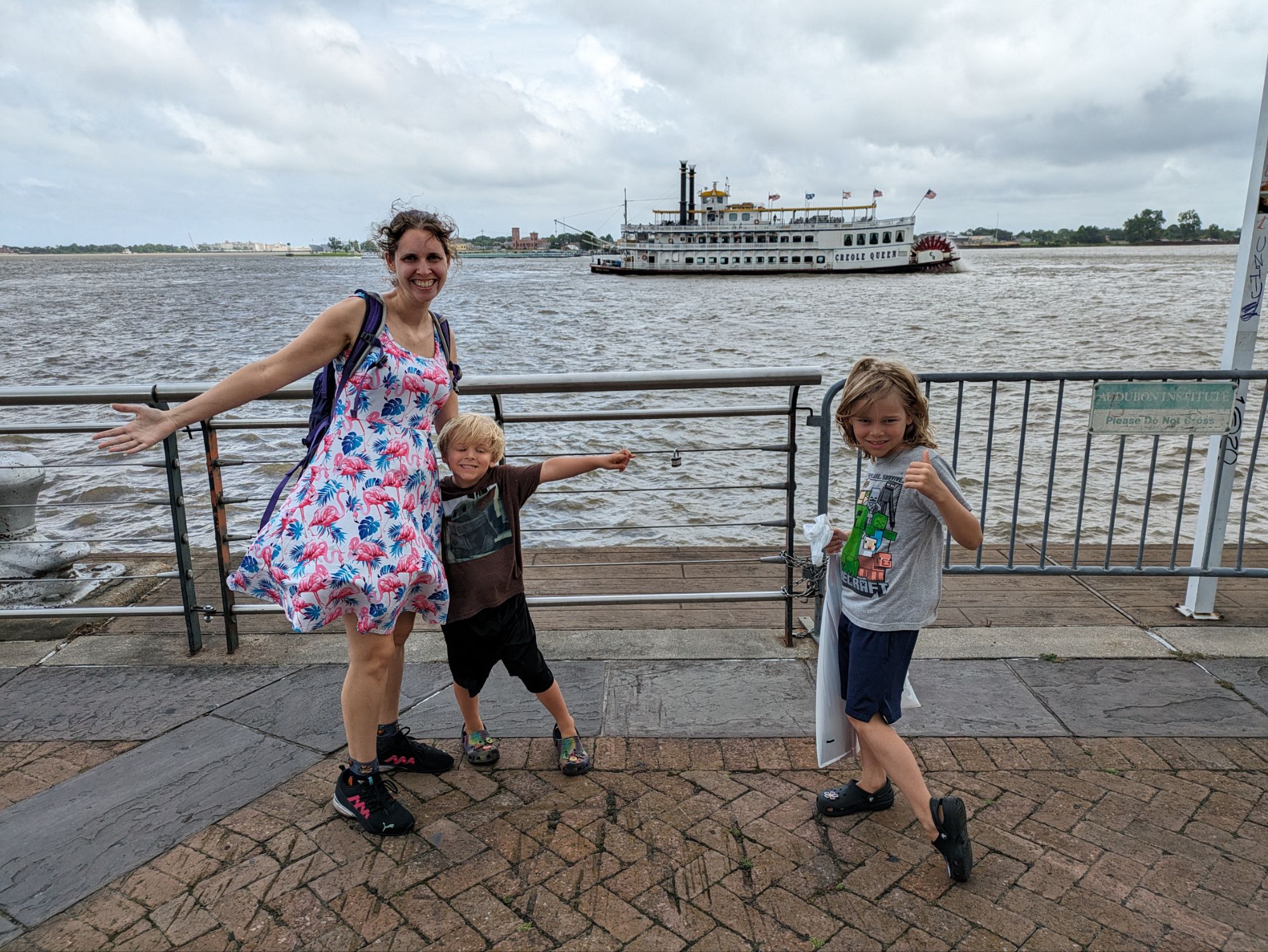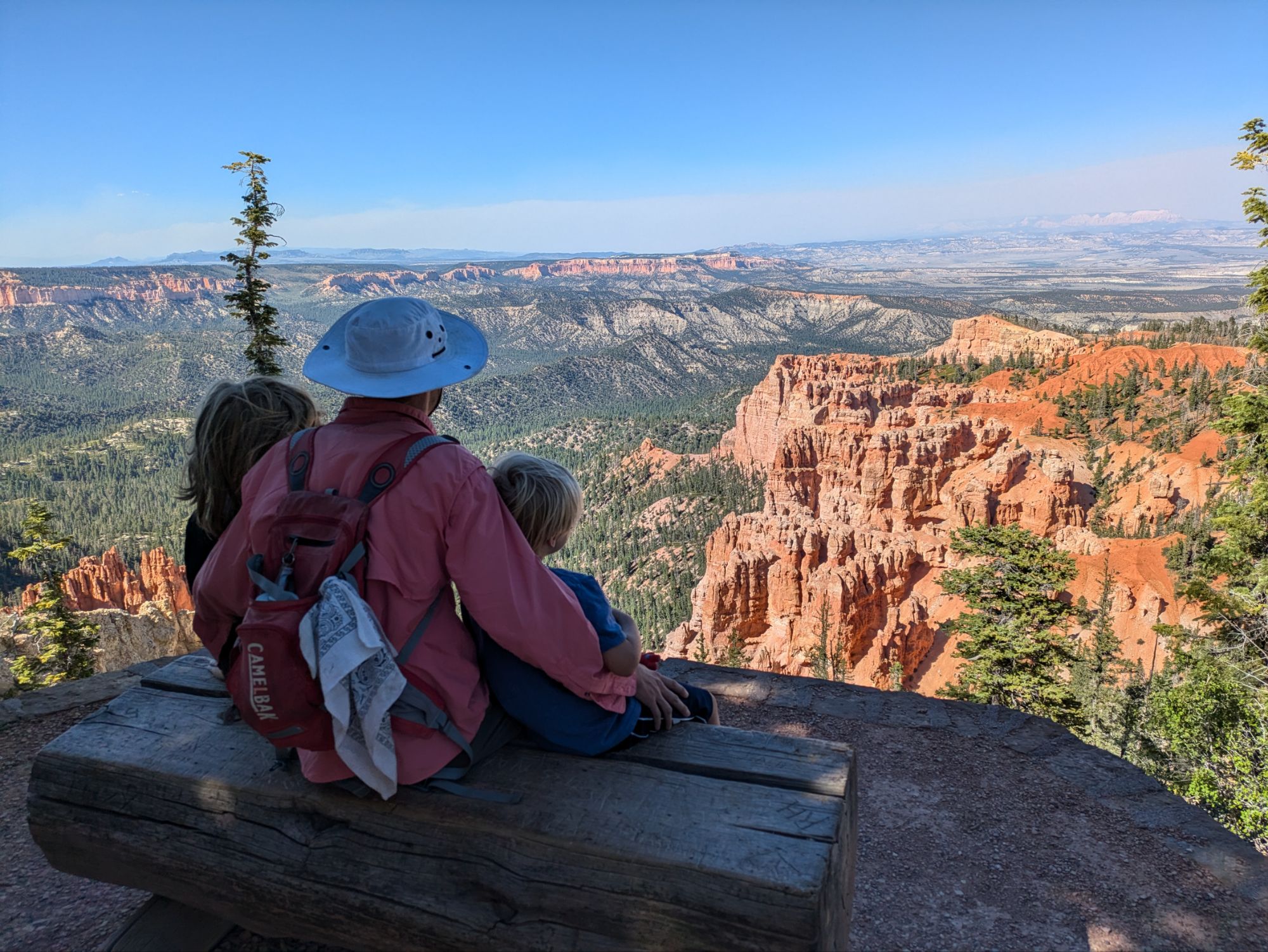
Pecos, Cochiti, and Bandelier: Connecting the Puebloan Dots
Map of Places Visited in this Post
Cochiti Feast Day
We kicked off our adventure with a visit to the Cochiti Pueblo’s Feast Day, a rare opportunity for outsiders to join in the festivities. The streets were alive with vendors selling snow cones and local art. The celebration was mostly attended by Puebloans, with a few non-Puebloans sprinkled in.
The highlight of the day was a mesmerizing performance by the entire pueblo. Men in body paint and black coverings, and women in long black dresses with vibrant headpieces, formed a large circle. A single drummer kept the beat as they danced, a man in all white dressed as a provocatuer, creating a captivating atmosphere. Unfortunately, no pictures or cell phones were allowed inside the pueblo, so the memory of the dance remains in our hearts.
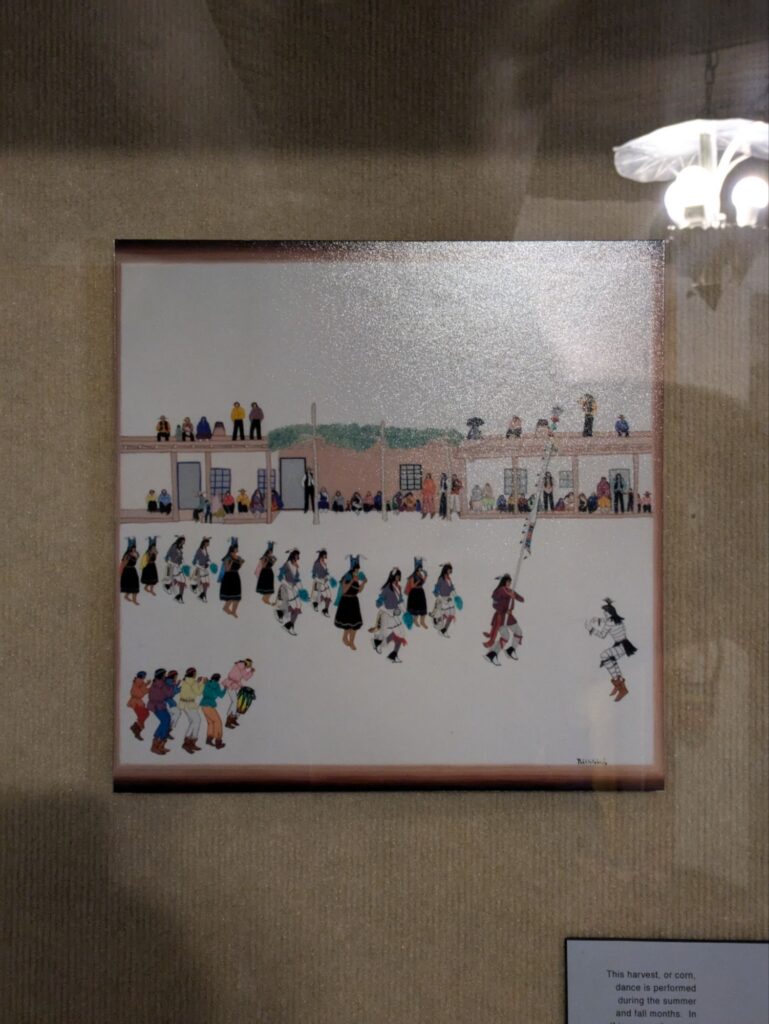
Cochiti is one of five tribles who trace back to Keres people and claim Bandalier as their Ancestral homeland.
Bandelier National Monument
Next, we ventured to Bandelier National Monument, or Tyuonyi (QU-weh-nee), which captures a slice of history that follows the era of Mesa Verde. The Puebloans moved from Chaco to Mesa Verde, then to Bandelier, before settling in the modern-day pueblos. They lived here between 1150 and 1550.
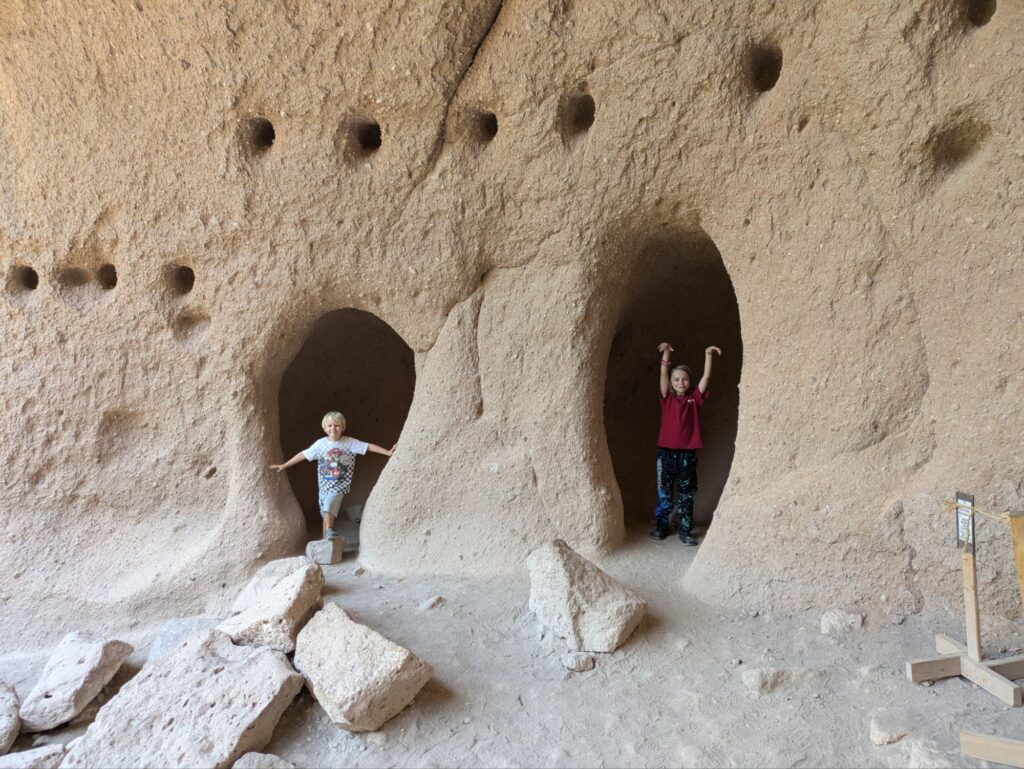
Bandelier was home to two groups: the Keres and the Tewa. Interestingly, the Keres are related to the Cochiti Pueblo we visited for Feast Day. In the Bandelier museum, a painting from 1940 depicts the “Harvest Dance,” strikingly similar to the dance we witnessed. See first picture.
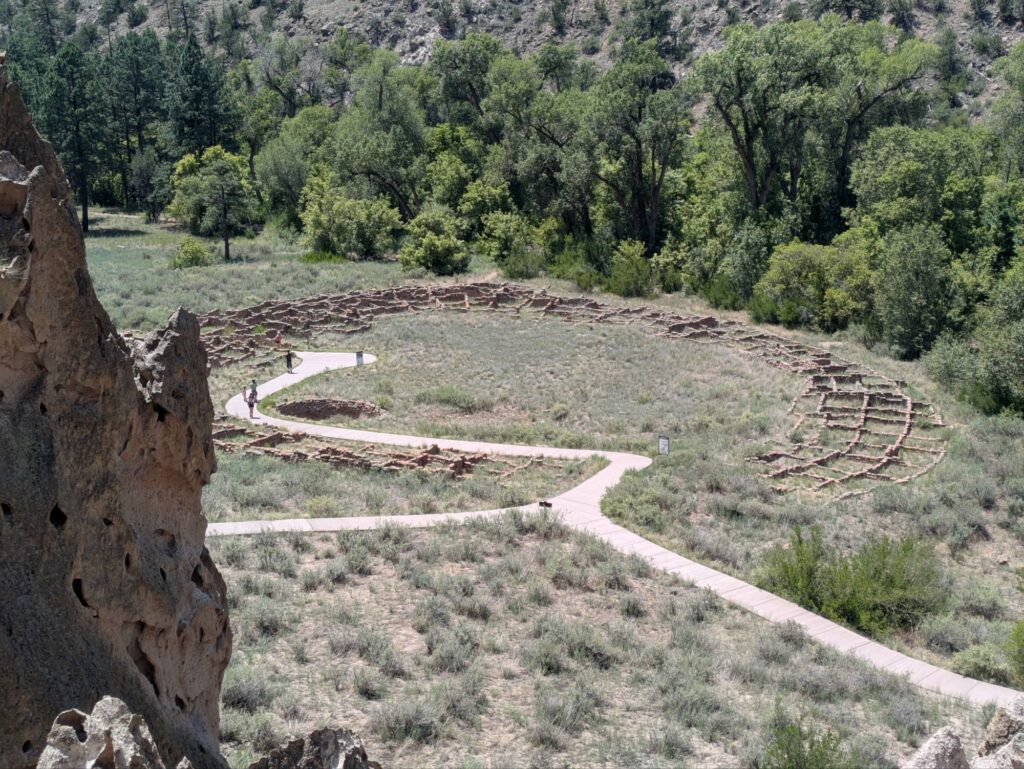
Unlike the cliff dwellings of Mesa Verde, Bandelier’s homes are carved into volcanic ash called Tuff laid down a million years ago. The site features both cliff dwellings and large great houses, blending influences from Chaco and Mesa Verde.
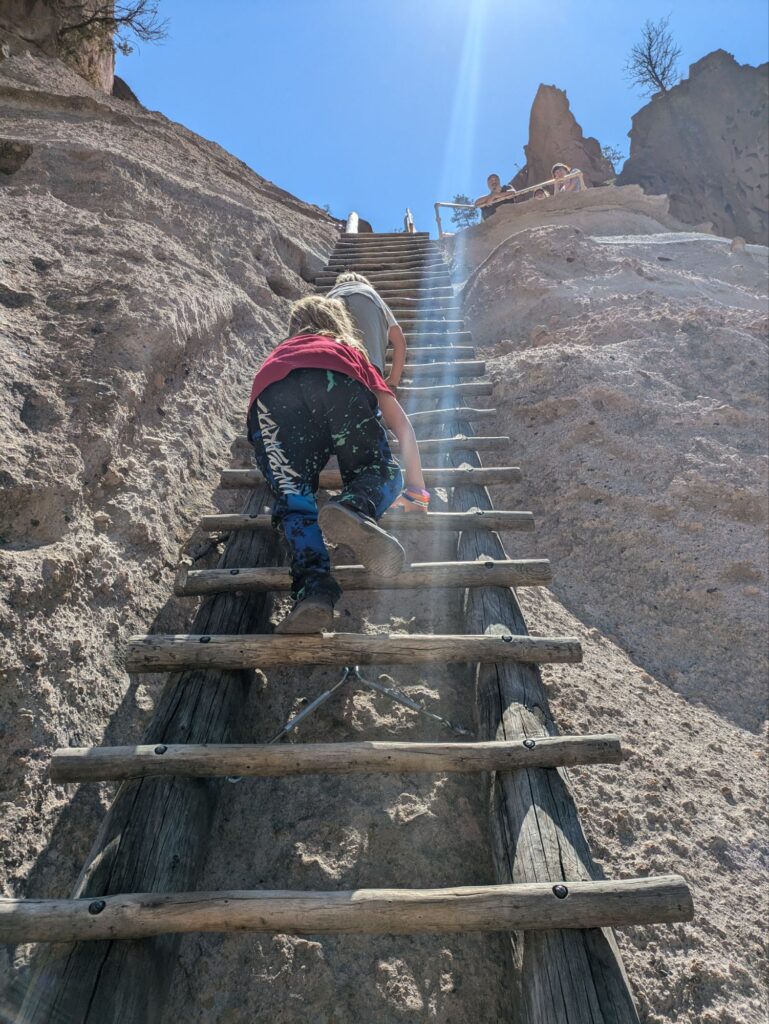
We tested our boys’ fear of heights by hiking to Alcove House, which required climbing three ladders, each between 50 to 75 feet long. It was a thrilling adventure!
Valles Caldera
Our next stop was the Valles Caldera, the 14-mile-wide crater of a volcano that erupted 1.2 million years ago. The caldera’s grassy and wildflower-filled expanse was breathtaking. We spotted a herd of 250 elk and a lone coyote crossing the open space.
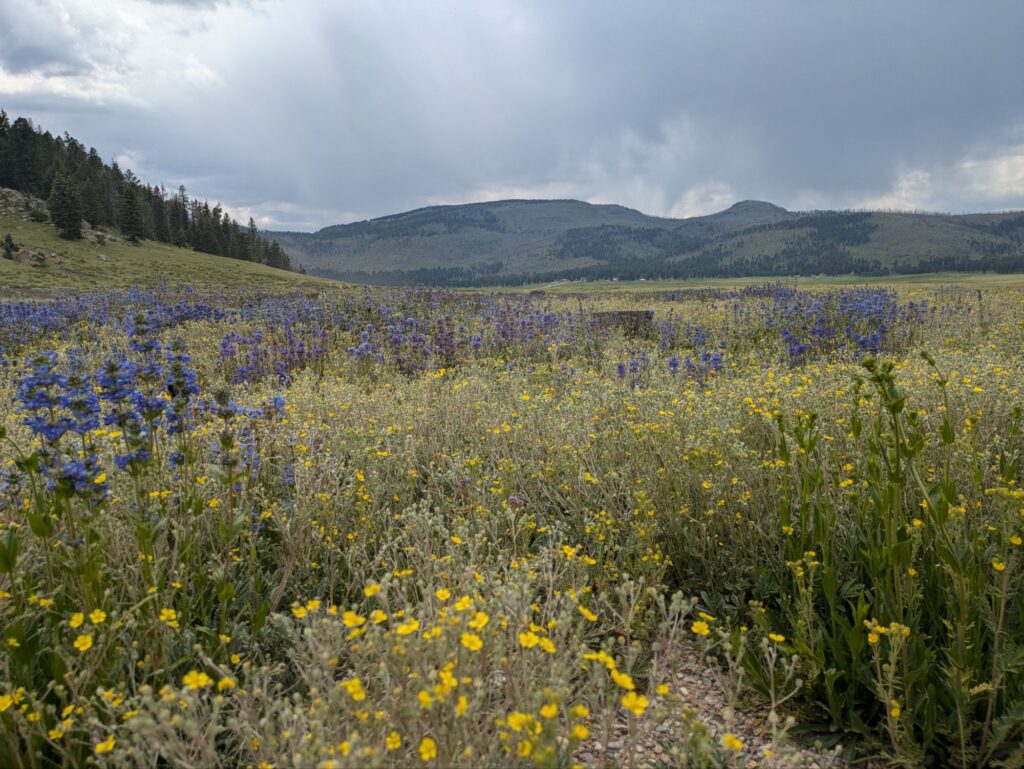

Madison, Lincoln, and I hiked to a pond on the Jemez River, encountering numerous prairie dog mounds along the way. Madison accidentally fell into one and scraped his knee, but Dad heroically carried him back off the trail. The caldera was 40 degrees cooler than the 90-degree heat at our Bandelier campsite, offering a refreshing break.
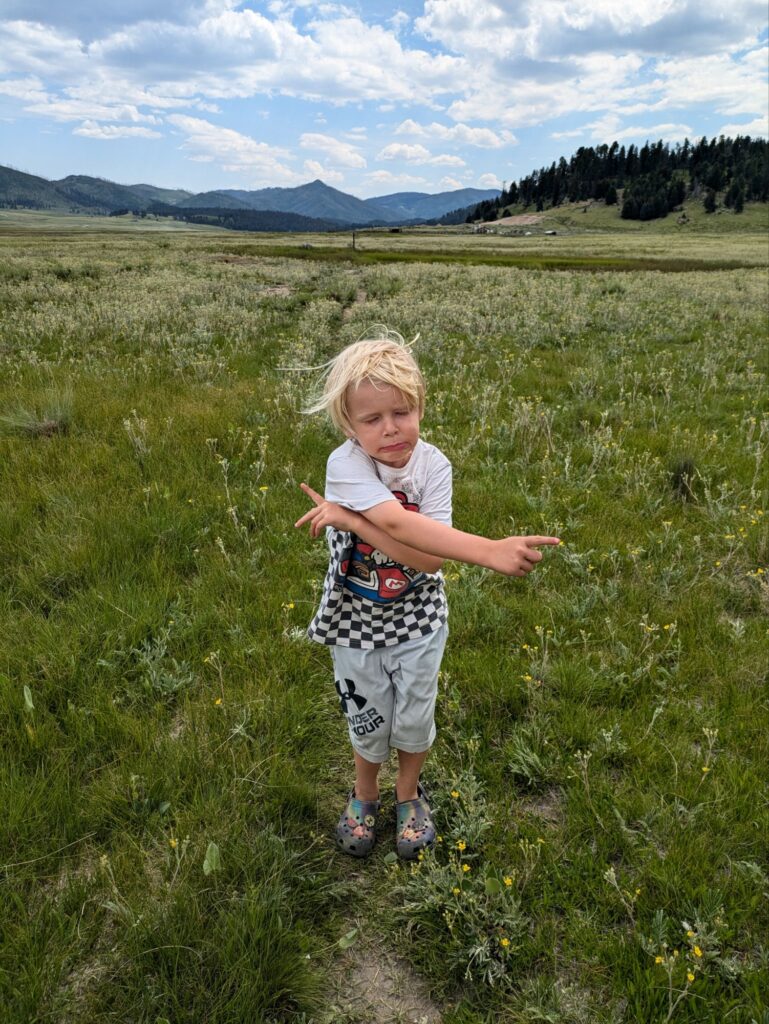
Pecos Pueblo
Our journey concluded with a visit to Pecos Pueblo, just outside of Santa Fe. Founded in 1350 and active until 1838, Pecos represents the latest and last chapter on our puebloan tour, following Chaco, Mesa Verde, and Bandelier.

Spanish Contact
Pecos is unique for being a Pueblo that came into contact with the Spanish in 1541 when Francisco Vasquez de Coronado arrived searching for precious metals and cities of gold. The Spanish built missions and cohabitated with Franciscan friars, attempting to convert the Puebloans by destroying their kivas and building a church.

Pueblo Revolt
In 1680, after years of repression, the Pueblo people famously expelled the Spanish and destroyed the church, led by a Tewa leader.

Glorieta Pass and the Civil War
During the Civil War, the Texas Confederates aimed to expand west for gold in Colorado and California and to gain access to the Pacific Ocean. However, near Pecos at Glorieta Pass, a pivotal battle halted their westward expansion, marking an important moment in history.
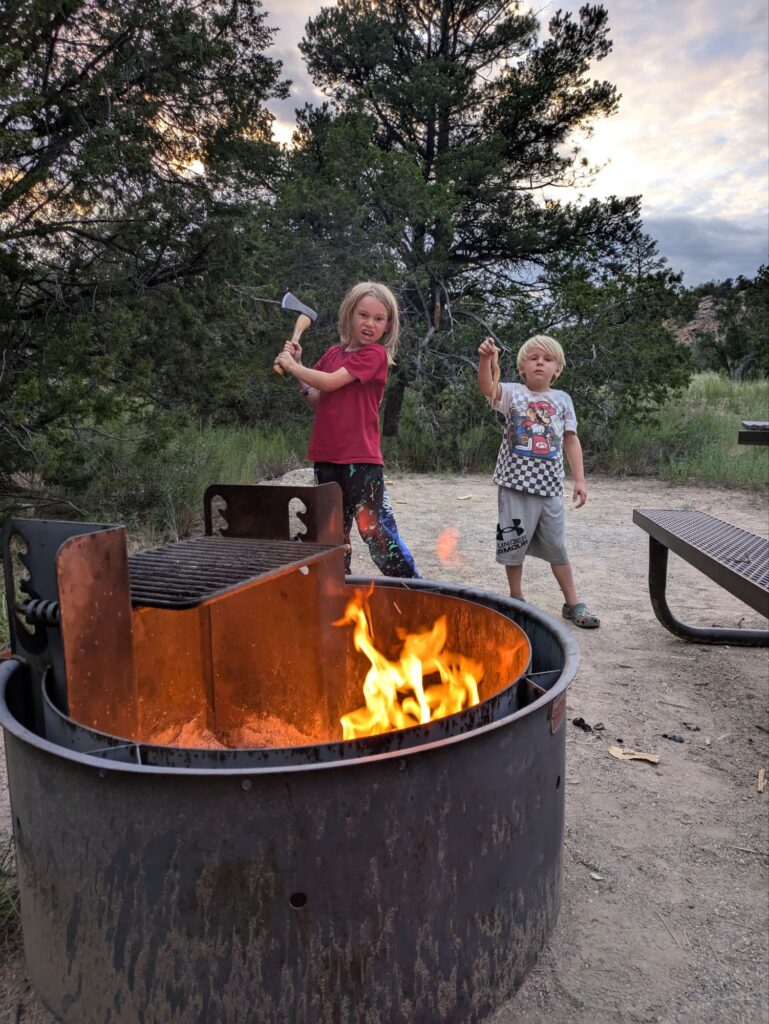
Our trip through these remarkable sites has truly connected the dots of the Puebloan journey, from ancient dwellings to modern-day pueblos, showcasing a rich tapestry of history, culture, and resilience.
Discover more from Dad Can Travel
Subscribe to get the latest posts sent to your email.




